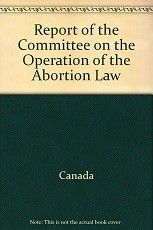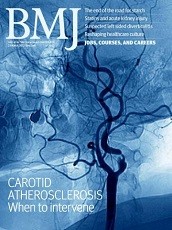MM Sereda

Extract
In the intensive care unit at the University of Alberta Hospital in Edmonton a fetus weighing 720 g has survived and thrived. By definition, any fetus of that size or larger should be considered potentially viable. . . . . In Alberta in 1975 there were two abortions induced by saline infusion; the fetuses weighed 800 and 1250 g, respectively. These weights were discovered by accident because hospitals allowing abortions prohibit the weighing of aborted fetuses. In fact, one of the fetuses was rushed to an intensive care unit in Edmonton, so it must still have been alive. . . . There is no question that the Criminal Code needs amendment to accomplish two things: (a) to make recording of weights of aborted fetuses mandatory and (b) to make it possible to take criminal action against any doctor who kills a potentially viable fetus by abortion.
Sereda MM. (Correspondence) The Canadian abortion law. Can Med Assoc J. 1977 Feb 05;116(3):247.

